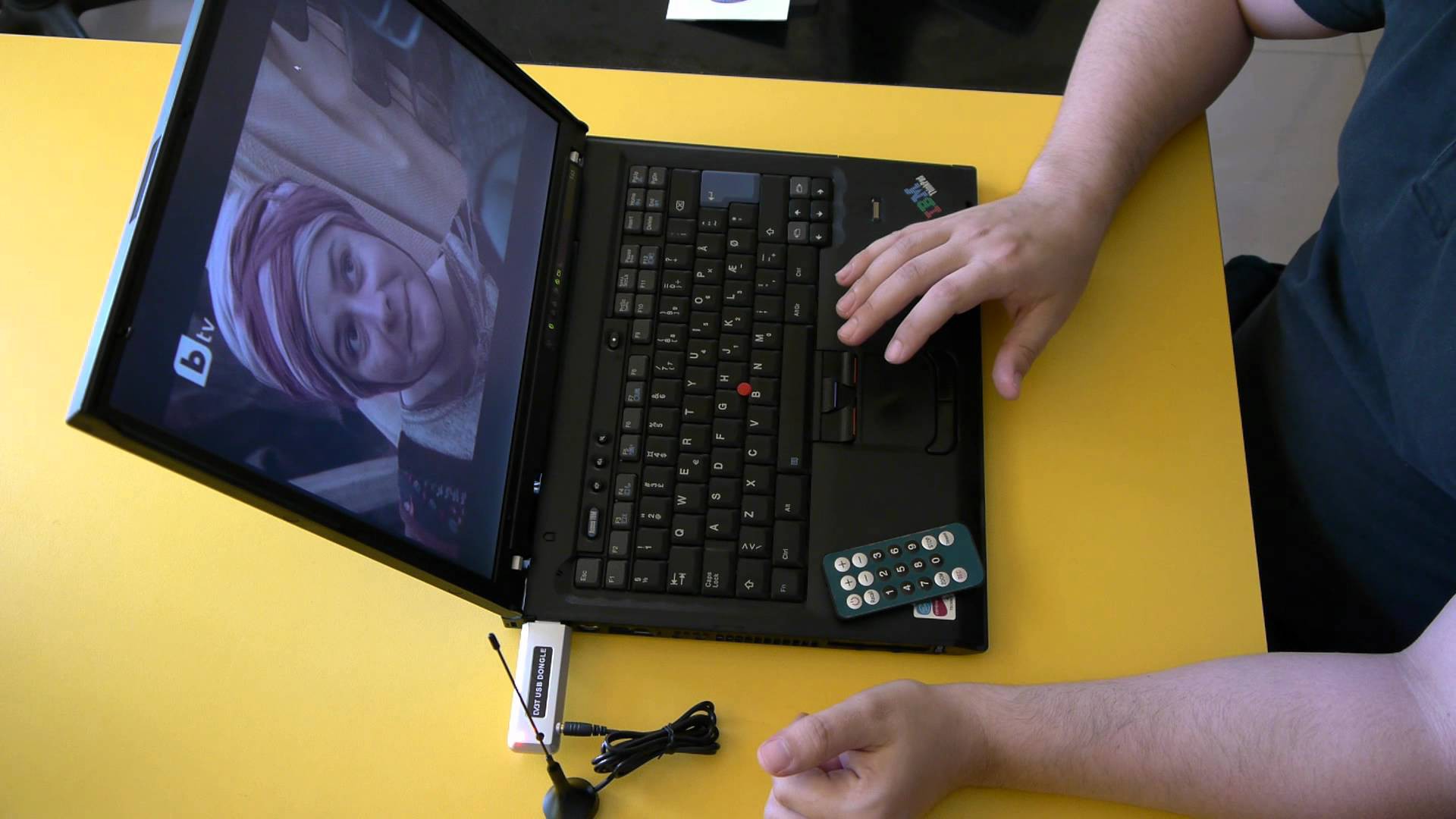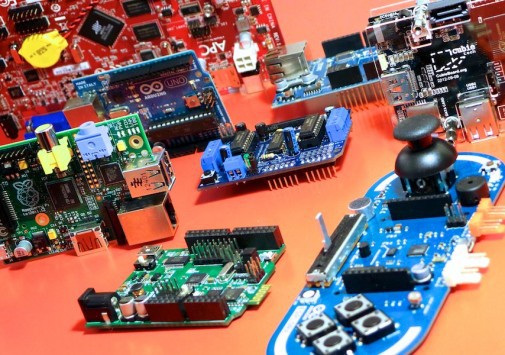-
Benefits of a USB TV Tuner
12/09/2016 at 06:04 • 0 commentsA TV tuner card is a type of television tuner that lets the computer to receive television signals. Most TV tuners also work as video capture cards which allow them to record programs of the television onto a hard disk. USB TV tuners permit consumers to apprehend free TV programs employing an inside and outside TV antenna.The USB device is connected from the antenna by USB tuner, which is then linked to a free USB slot on your computer.The software consists of a guide related to electronic programming that can schedule TV shows for recording in advance with the help of internet.

To watch live TV is the common usage of the TV tuner. You can make use of your tuner to provide your PC the control of a personal video recorder.Like TV,you can record, pause,fast forward or skip through things that are present in your video buffer.With the help of a dual tuner, two things can be recorded simultaneously.The third formerly recorded show can be watched or one of the two recorded lives shows can be watched which enormously increase your viewing option. It is not necessarily used for watching TV even the tuning in to radio signals are also involved.
Many people archive things by using their USB TV Tuner for pc. The video cassettes of advanced years can be streamed to your computer and a digital copy can be created that can be archived, or clips can be taken and send it to friends and family of days gone past. You can have these digital copies to make DVD’s which will work on the DVD player. Different shows can be recorded with the main box and allowing your streaming box access your library of shows and display it any TV in your home. For household work in a networked house , you can even arrange computer as a TV server.
Any program on the computer can use the video from a TV Tuner.The driver setup is usually automatic by using the USB device.The USB TV Tuner is directly accessed by the programs like Windows Media Center, and it can also set up times and schedules of recording. TV tuners have become quite prevalent. It works as a mediator between your computer and your video. Many different types of USB tuners are existing but you need to take the best choice that’s appropriate for you.
-
Tips for Choosing the Best SBC(Single Board Computer)
03/14/2016 at 10:03 • 2 commentsA single board computer, known as a SBC, has all the features of a computer including input/output (I/O) and a microprocessor, but it is all built on a single circuit board. Single board computer are divided into two distinct architectural types: slot support and no slots. SBCs are used with backplanes to allow for a system to be expanded. Embedded applications cannot be extended so a SBC is used for an embedded computer. They help monitor and control equipment and help with automation. SBCs are used in industry purposes because, while they are less powerful than the usual computers, they are also less costly, simple and they can easily be connected to other hardware. Some examples of single board computers are Arduino, Raspberry Pi and BeagleBoard.

There is a vast selection of single board computers available and it can get difficult to pick the right system that will work reliably in the environment and application you have in mind. These six things are most important to keep in mind while looking for an SBC suited to your needs.
Processor
The main choices that exist in the market today, and are preferred by most users, are Intel, ARM, Power Architecture, and comparable central processing unit (CPU) architectures. Many users prefer using a processor that they have already used but it is advisable to pick a processor that will work best with your application and learn everything about it for maximum productivity.
Memory
In the past, 512 MB was considered to be sufficient memory. But now the more advanced the technology, the more memory is required. Needs have changed drastically and that’s why most modern processors offer a memory of 16GB to 32GB. Intel is one of those processors but others, like ARM offer less memory. You can pick a processor on the basis of the memory you require according to your application.
I/O complement/ devices
The most important thing to note with an SBC’s I/O complement is that it works properly with your application and supports the needs of your network. Modern systems offer traditional ports as well as Ethernet, USB and SATA.
SBC power
It is important to choose with the power availability required by your application. An equally important decisive factor is that the cooling capabilities of system are up to the task of cooling down your SBC.
Backwards compatibility
When choosing an SBC, you will want to pick the newest model. But that will be redundant if your SBC isn’t compatible with the rack. You need to make sure that you choose an SBC that will fit into the pinout of your existing backplane otherwise you will have to change the SBC. Curtiss-Wright offers various SBC to match the pinout needs of systems.
Form factor
Choosing between so many models of SBCs, it is important to pick the one that will fit the spatial requirements of your system. The most common setups with slot supports include EPIC, EBX, PCI/ISA and PICO-ITX.
This user joined on 03/14/2016.
My Pages
Projects I Like & Follow
Share this profile
ShareBits
Become a Hackaday.io Member
Create an account to leave a comment. Already have an account? Log In.
 Lutetium
Lutetium j0z0r pwn4tr0n
j0z0r pwn4tr0n conradcn
conradcn foamyguy
foamyguy Forbin
Forbin Blake W. Ford
Blake W. Ford AlfredC
AlfredC alu03
alu03